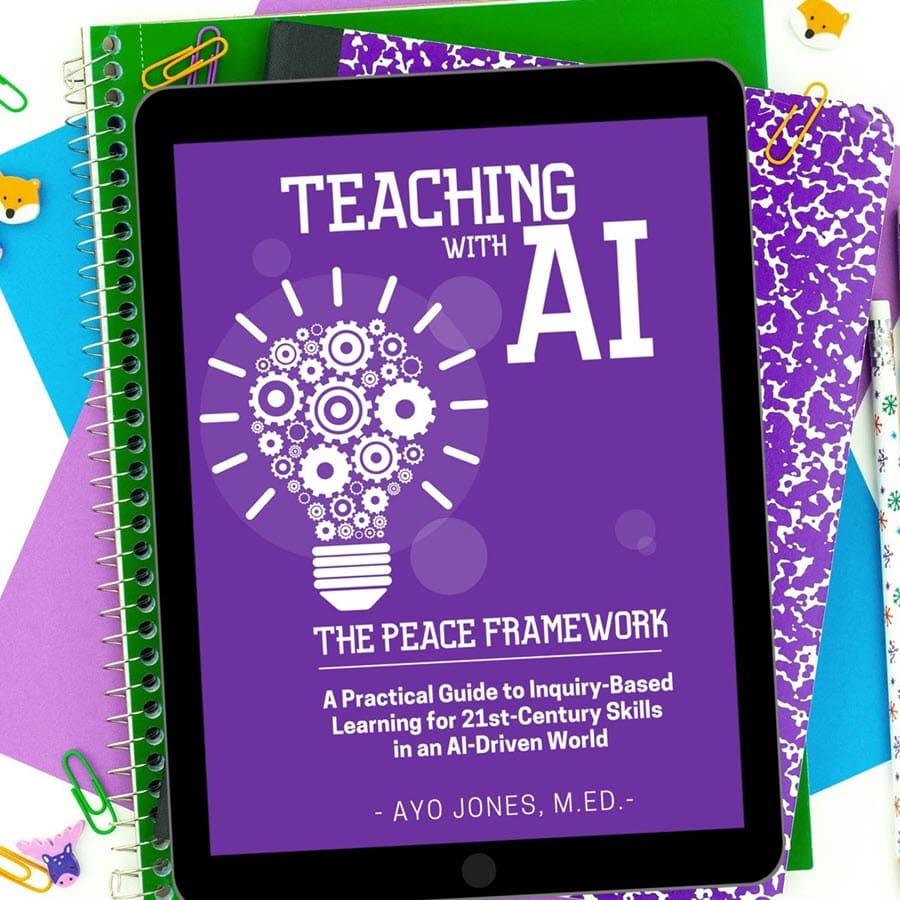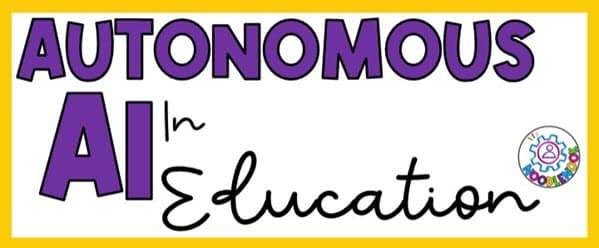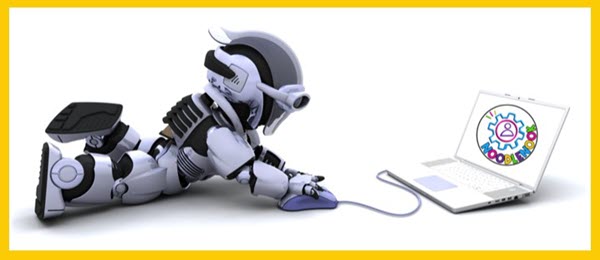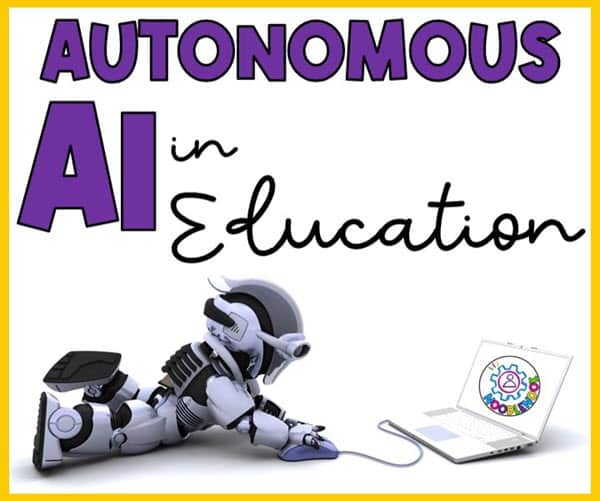The tech world is buzzing with news: OpenAI’s new “Operator” is on the horizon, and it won’t just answer questions. This AI can control computers, doing everything from clicking to typing. Anthropic’s Claude has already showcased similar abilities. The rise of truly autonomous AI is here, but it leaves a crucial question: Are we ready for autonomous AI in education?
The Gap Between AI Potential and Classroom Reality
AI’s potential in education is vast, from handling routine tasks to personalizing learning. But if teachers aren’t even maximizing current LLMs like ChatGPT or Gemini, how can they harness this next wave of AI? School districts lack clear policies, and AI literacy standards for students are nearly non-existent. That’s a big gap to fill, but it also presents an opportunity.
In my upcoming book, I introduce the PEACE framework for AI-driven learning, a model to help teachers guide students in using AI to think critically, ask the right questions, and solve real-world problems.
Here are two strategies educators can start using today to get more comfortable with AI:
1. Get Hands-On with AI Tools
Start by experimenting with tools like ChatGPT, Gemini, Claude, and Copilot. Just exploring what these platforms can do gives insight into AI’s strengths, limitations, and quirks. Not sure where to start? My quick video course, Teacher Hacks for Teachers, will guide you in crafting effective prompts for the classroom.
This hands-on experience builds confidence and shows teachers what AI can (and can’t) do, making it easier to integrate into lessons.
2. Make Prompting a Classroom Activity
Teaching students how to create effective AI prompts can boost their problem-solving and critical-thinking skills. Here’s a simple way to introduce it in the classroom:
- Step 1: Have students brainstorm prompts they think will help answer a specific question (without the computer & completely “unplugged”).
- Step 2: Pair students to refine their prompts.
- Step 3: Try a few prompts on a class-wide AI session (e.g., using an interactive whiteboard).
- Step 4: Reflect on the results as a group, discuss what worked, and brainstorm improvements.
This activity encourages collaboration, creativity, and thoughtful experimentation with AI, preparing students to be more effective AI collaborators.
As AI tech evolves faster than ever, teaching these skills isn’t just useful… it’s essential.
Autonomous AI is coming, and by preparing now, we can harness its power for thoughtful, ethical, and effective learning.

To dive deeper into AI-driven teaching strategies, snag my new book, Teaching with AI: The PEACE Framework, which provides a roadmap for integrating AI meaningfully into classrooms.
Want to join the conversation? Check out my LinkedIn post here for more on the future of AI in education!



